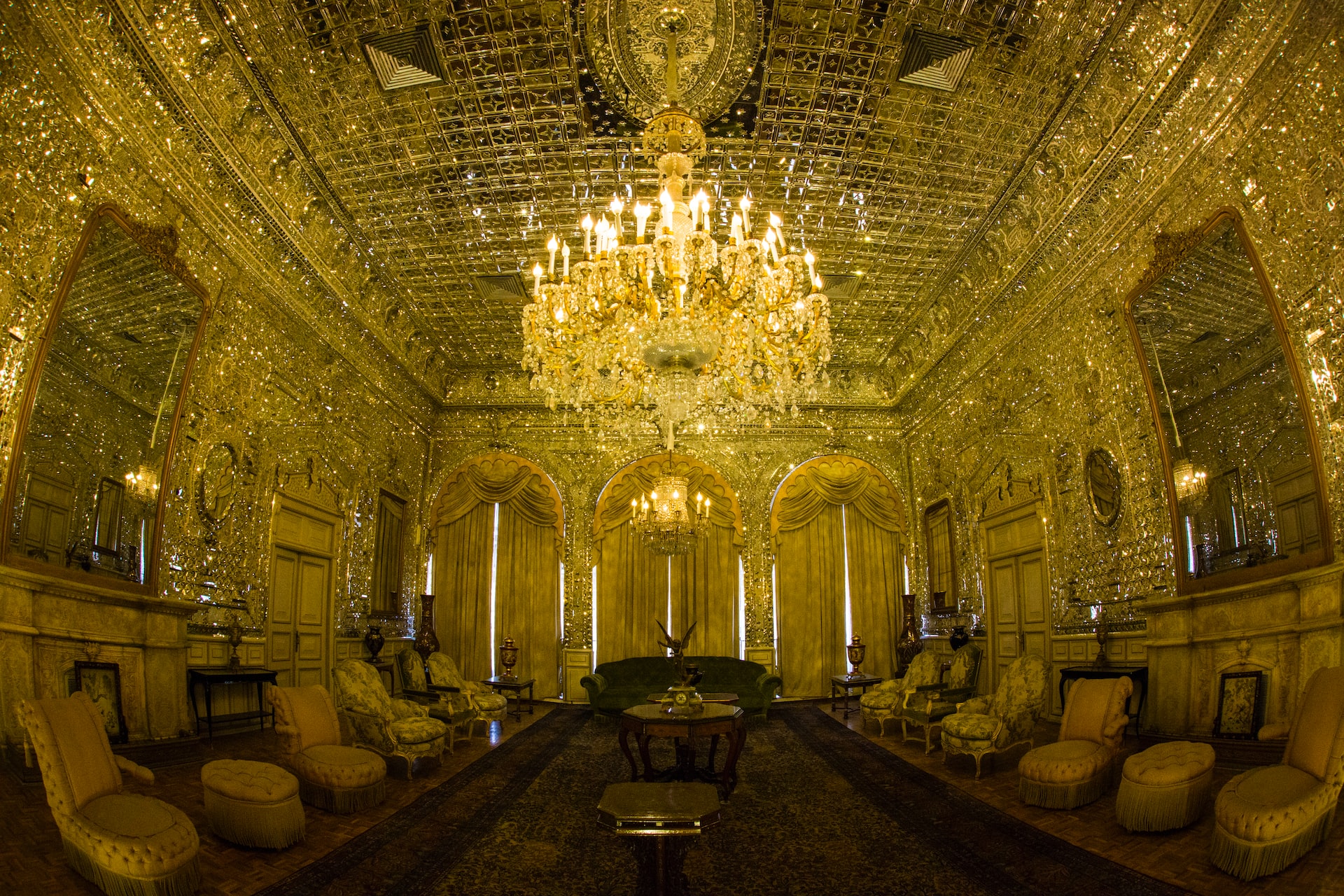- Home
- Iran Visa
- Iran Top Tours
- Tour Services
- Iran domestic tickets
Bus, Train, Flight ticket - Rent Car, Van, middle bus, Bus
- Hotel Booking
- Travel insurance
- Tour Guide
- Driver Guide
- Iran-Persia FAM Tours
- Iran domestic tickets
- About/Contact
- Shop
- Language





